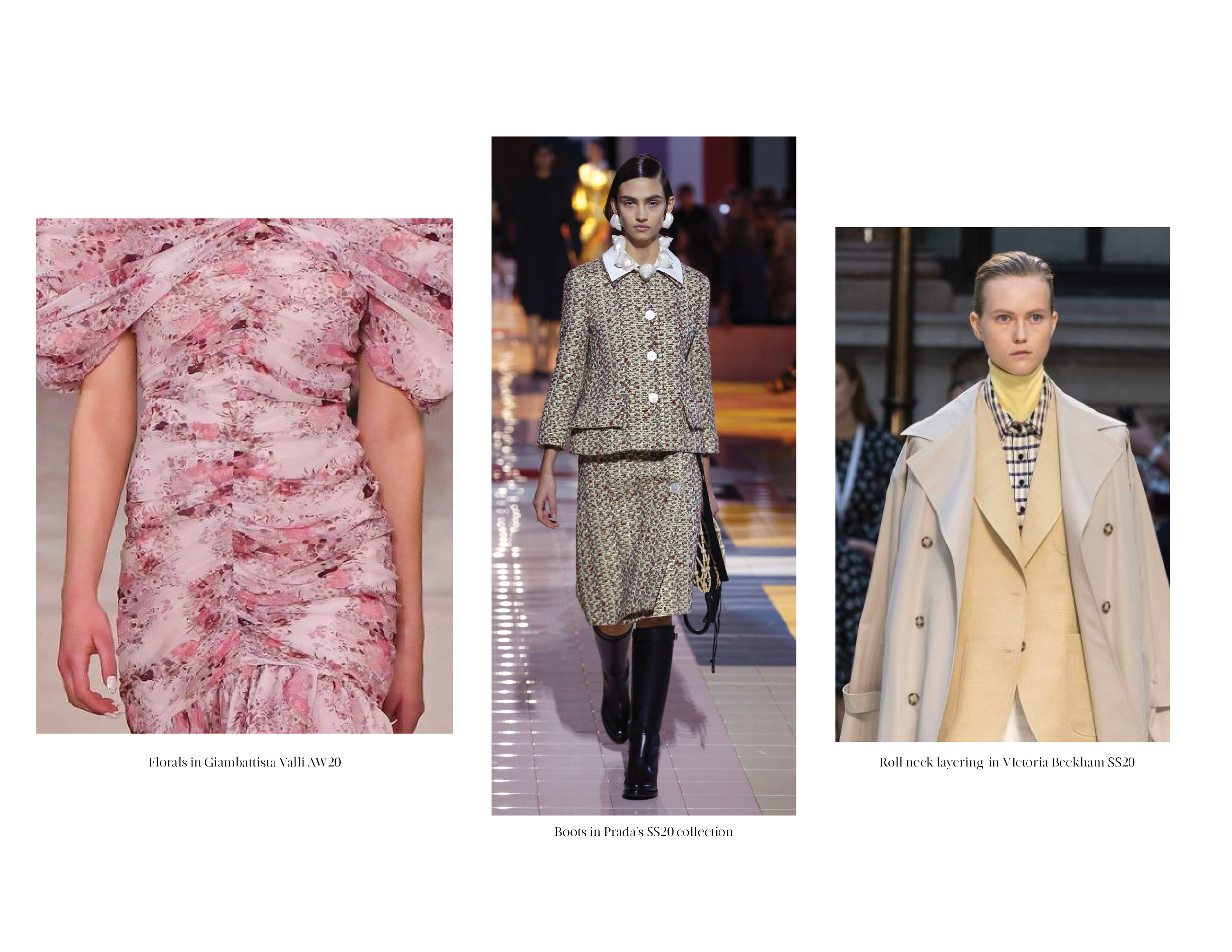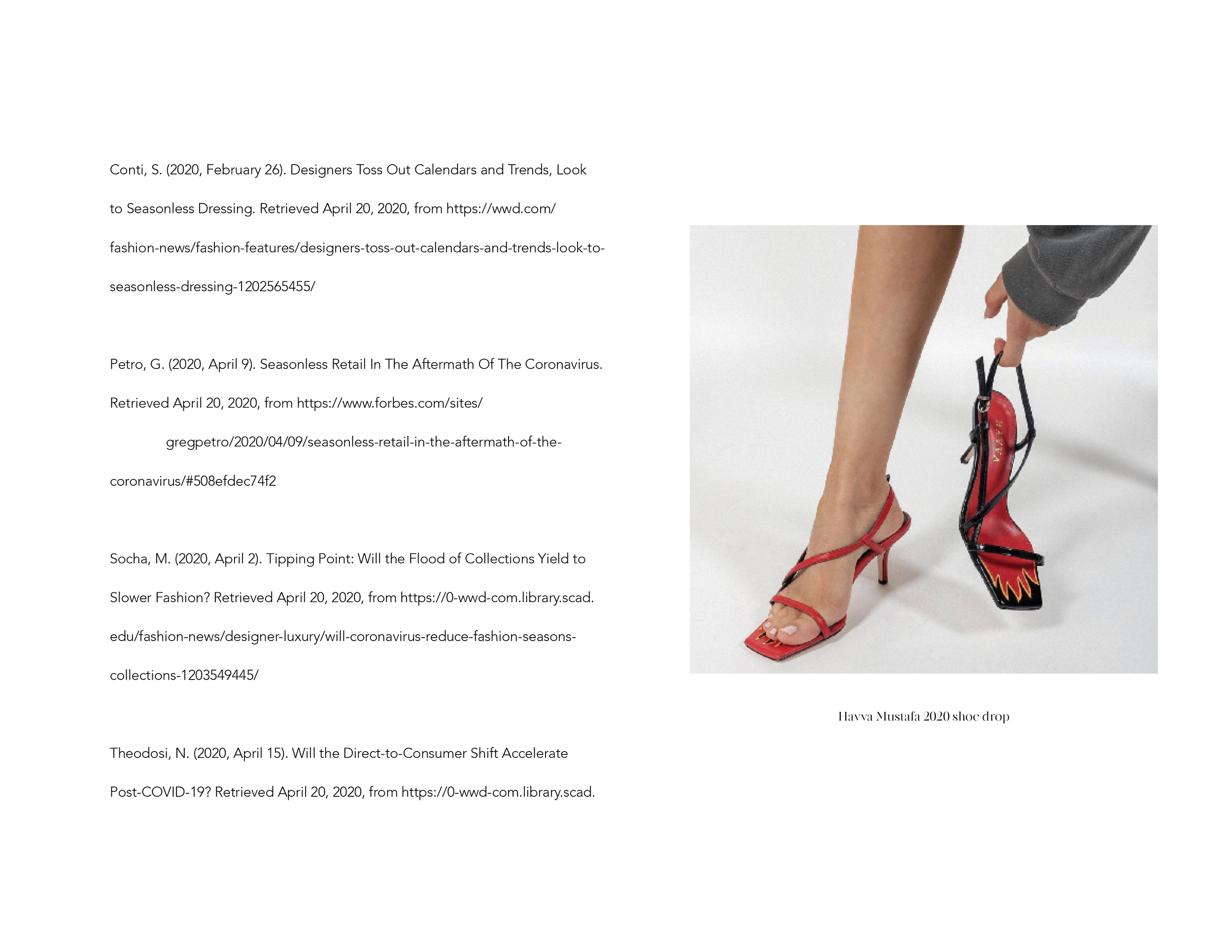Seasonless Retail
Balenciaga’s 2018 Fall collection that mixed summer patterns and colors with knits
In 2018, Balenciaga and Gucci – two of the biggest and most dynamic brands in fashion – let go of seasonal themes and narratives, signaling their decision to lean into seasonless fashion. The idea of fashion that could be worn and bought any time of the year was launched by designer Demna Gvaslia at Vetements. Originally, it was an idea birthed to counter the wasteful nature in fashion, to hero sustainable wardrobe and to cater to a global audience. 3 years later, the seasonless retail trend is gaining momentum as it could be the answer to the inventory issues brands and retailers are experiencing due to the pandemic.
Seasonless retail will allow brands and retailers to mix inventory from Spring and Summer 2020 with newer collections. Inventory that has been sitting in stockrooms will no longer be last season and can be marketed to consumers instead of being discarded or marked down. Seasonless retail will allow inventory to stay relevant for longer. With that, buyers will need to think about how seasonless retail is an advantage for them, in that discount seasons will be lighter and less frequent. They will also be able to improve margins, effectively creating higher chances of higher profit.
With this developing trend, buyers must consider that they may be buying and planning for frequent product drops instead of the usual 6-month seasons. With that, forecasting will play an even bigger role than it already does. Drops heavily rely on current consumer necessity and demand, so buyers will need to be constantly up to date with the ever-changing preferences of consumers. At the same time, they will not have to pressure suppliers to accept returns or meet new orders once the fashion industry starts recovering. Buyers will need to think about how seasonless fashion will affect their relationships and delivery terms with vendors.
Smaller brands and designers, like Havva Mustafa, have let go of seasonal fashion and have adopted smaller drops through e-commerce. Consumers are able to order online before orders are made, which automatically gives brands a larger operating profit and a more accurate number of orders, yielding less stock wasted. Even luxury brands like Rick Owens and Versace are eager to embrace the trend. They believe that it would allow for slower fashion and give room for more research and creative expression. Massimo Giorgetti, the founder and creative director of MGSM stated that “I really believe that between 50 to 60% of each collection should be season-less”. With the seasonless retail model, brands have also seen an increase in sell-through and consumer engagement. Larger brands have yet to adopt this model, but when they do, their buyers will be able to work with more accurate numbers for their buying plans.
Seasonless retail may solve many issues retailers, brands and buyers are facing now. It will shorten discount seasons, improve margins and reduce the waste of the fashion industry as a whole. Overall, the less toxic stock will be dealt with, and fewer risks will be taken when collections ordered are smaller but remain relevant for longer. If fashion brands say goodbye to seasons, and buyers adapt their practices to product drops, they could recover from the destruction of their production and delivery systems.


